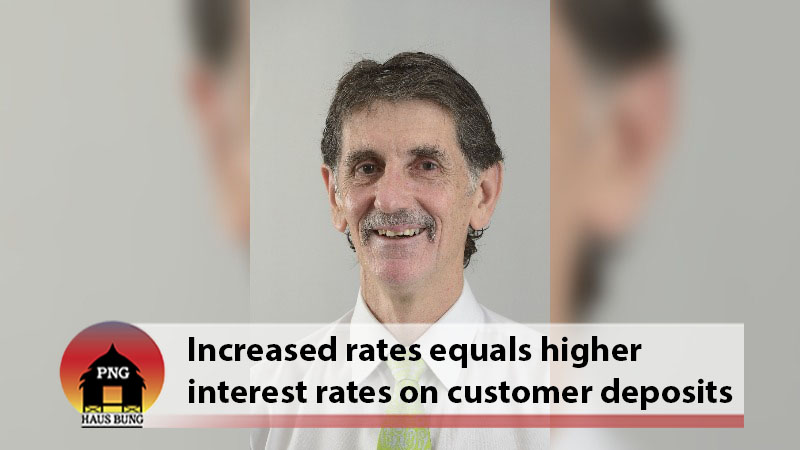Many businesses and individuals are being affected by the increased cost of business and increased cost of living with Consumer Price Index (CPI) inflation in PNG at 5.5% at the end of the June quarter, and the Bank of PNG (BPNG) forecasting 6.0% inflation for the year 2022.
BPNG had forecast inflationary pressures rising in the second quarter and used its monetary policy instruments to address inflation.
One of these monetary policy steps taken by BPNG was the increase of the Kina Facility Rate (KFR), which is the monetary policy, signalling rate, by 0.25% in July 2022 to 3.25%.
The KFR increase by BPNG had the intended effect of increasing interest rates, which financial institutions would pass on to borrowers, thereby limiting consumption, which ultimately slows down inflation.
Deposit rates would also increase which rewards savers who exercised spending constraints with higher interest paid on their deposits.
BSP increased its interest rates effective September 2022 to align to BPNG’s monetary policy stance and the KFR increase.
The Cash Reserve Requirement (CRR), which is a percentage of deposits that all banks must place at BPNG at zero return, has been increased to 9% by BPNG in conjunction with the monetary policy signalling of the KFR.
The CRR increase has seen system liquidity reduce by K293.5 million and this has the impact of reducing funds available for lending, or for investing in Government securities.
BSP Group CEO Robin Fleming said it is BSP’s view that price stability is a major concern, especially with the persistent inflation seen globally and PNG’s reliance on imports.
“Prudent monetary intervention is needed to contain inflation at acceptable levels given PNG’s pipeline of resource projects expected in the medium-term which will substantially boost economic activity,” he added.
Furthermore, Mr. Fleming said BSP supports BPNG correctly calling on the Government to sue windfall revenues associated with higher energy prices to retire Government debt, as an expansionary fiscal policy can be in conflict with the tightening monetary policy stance.







